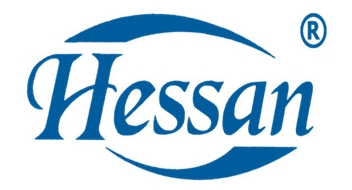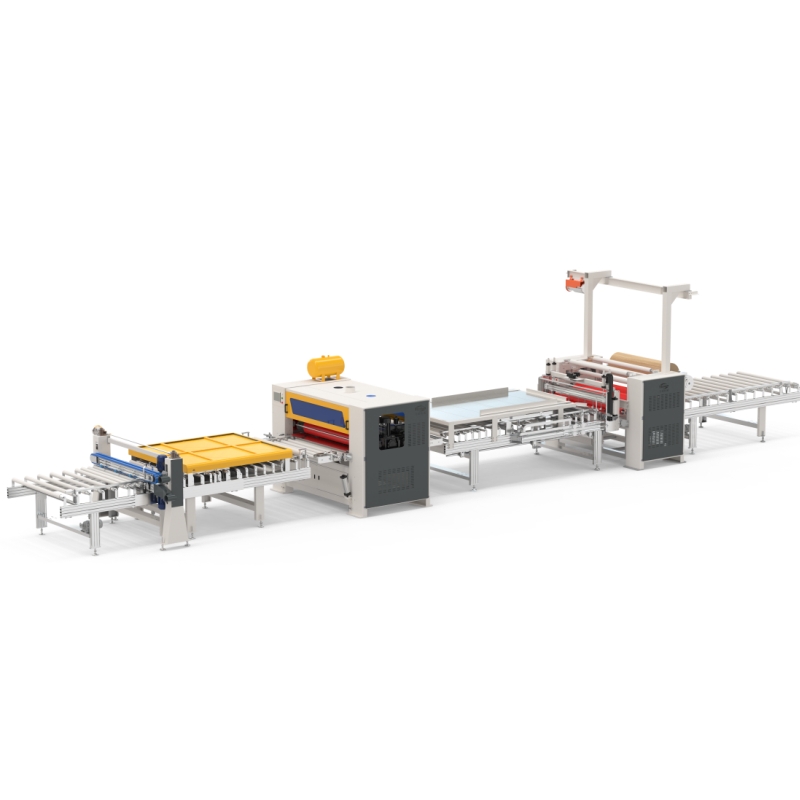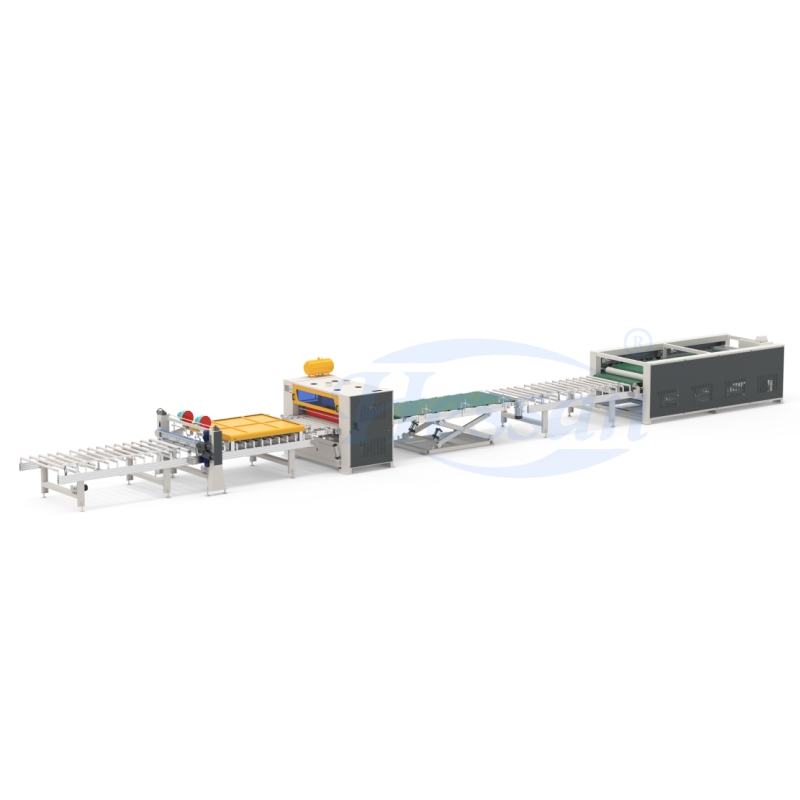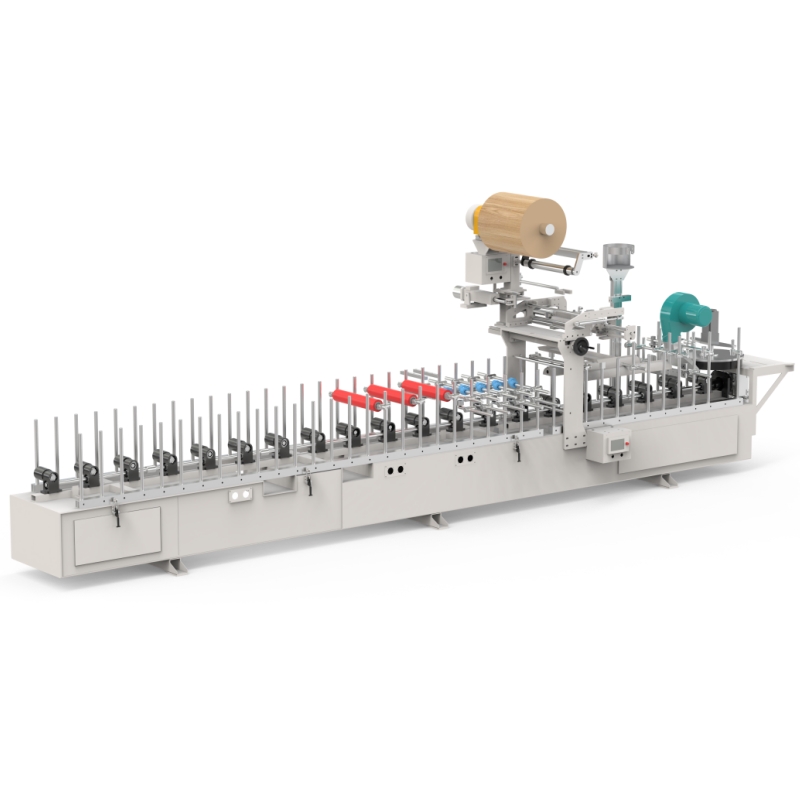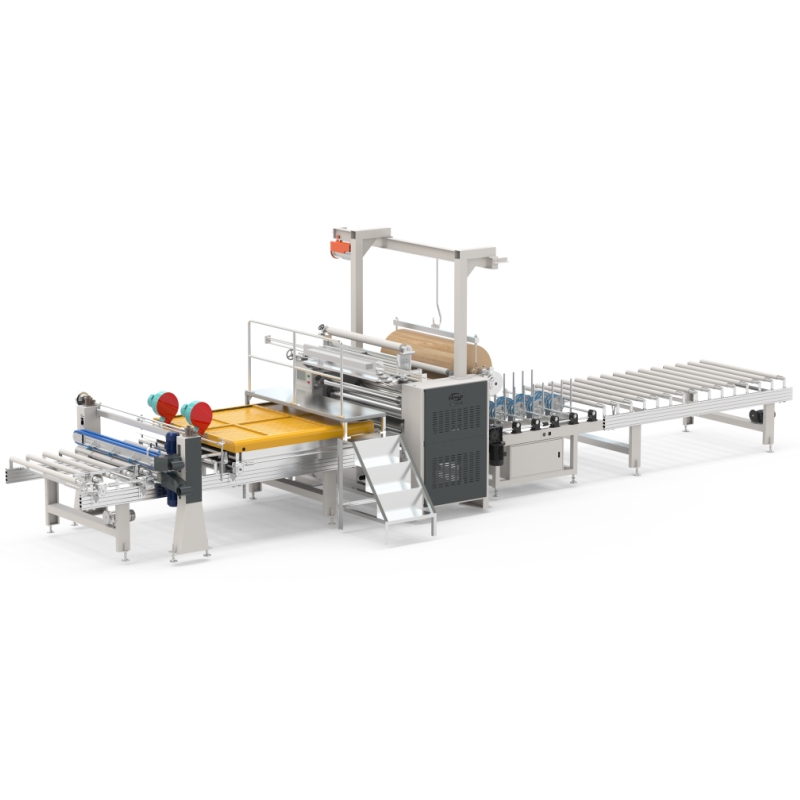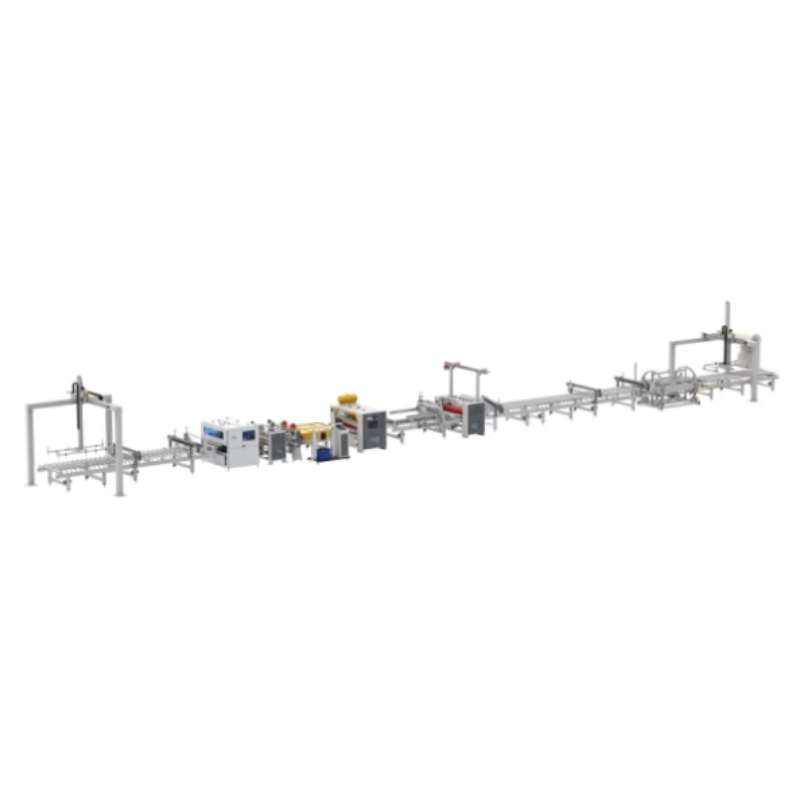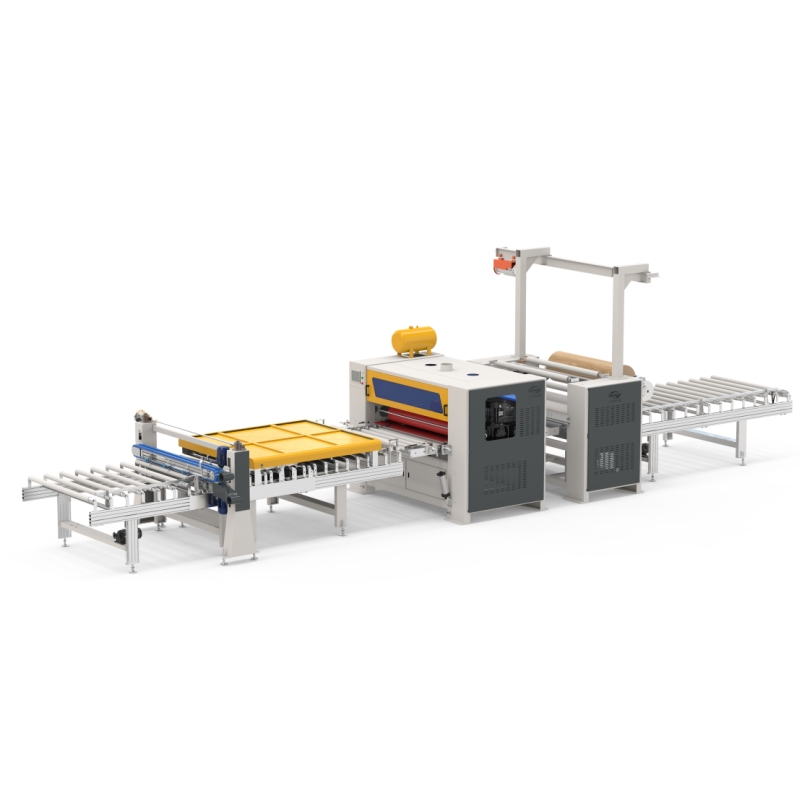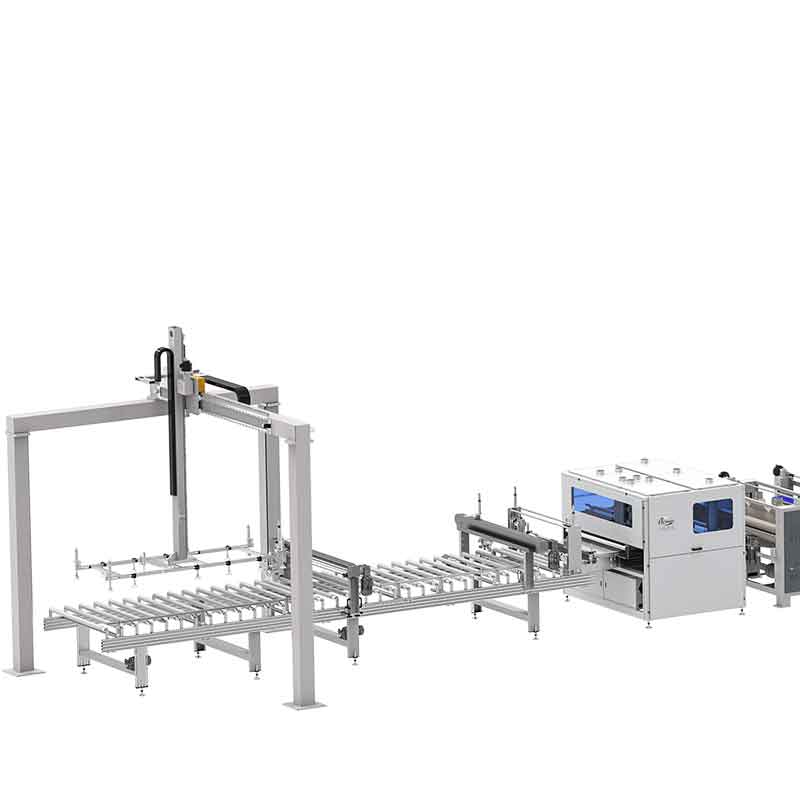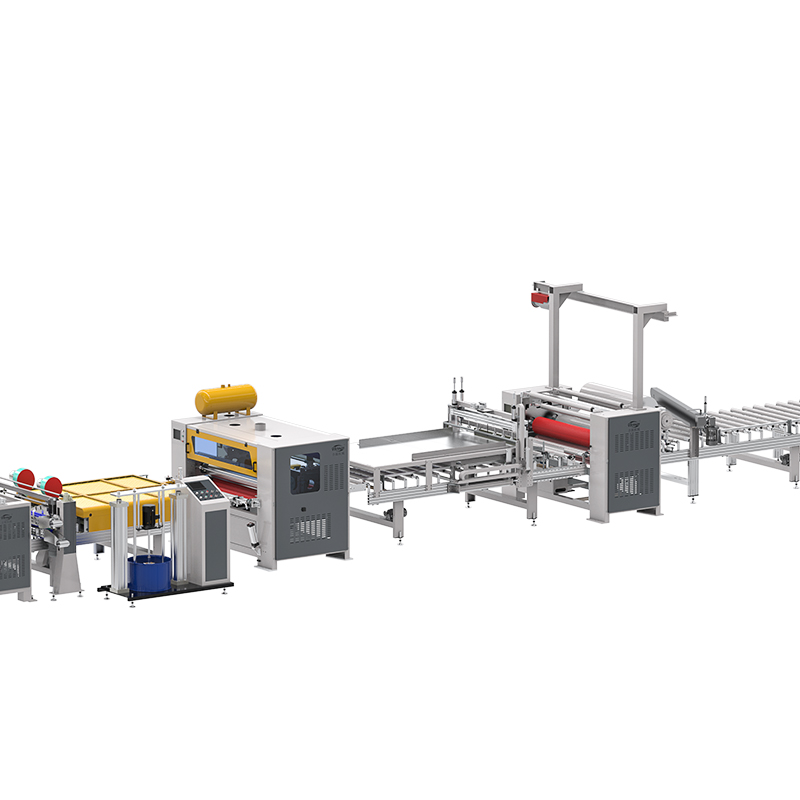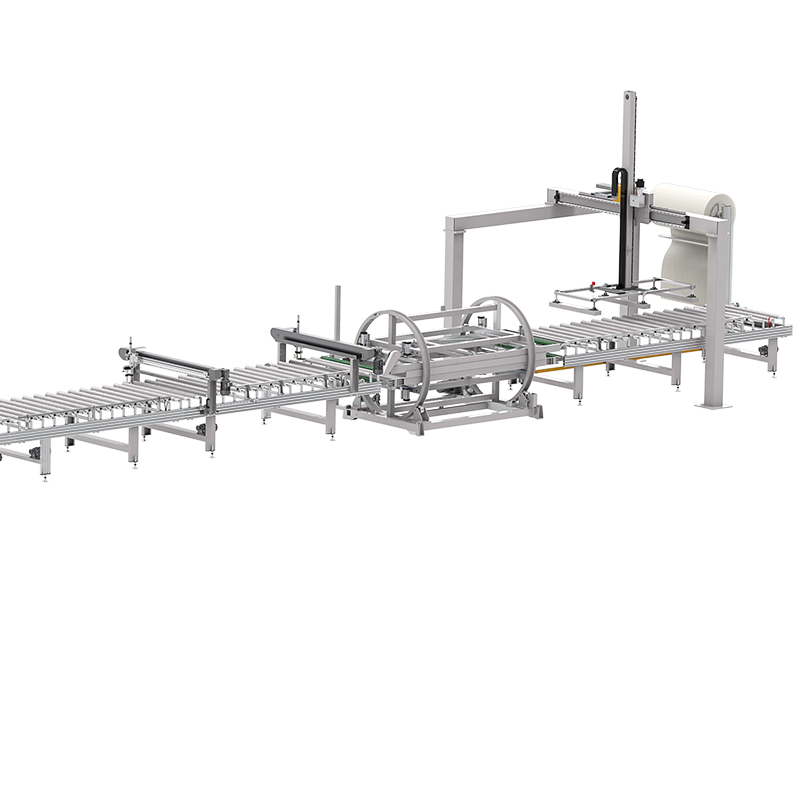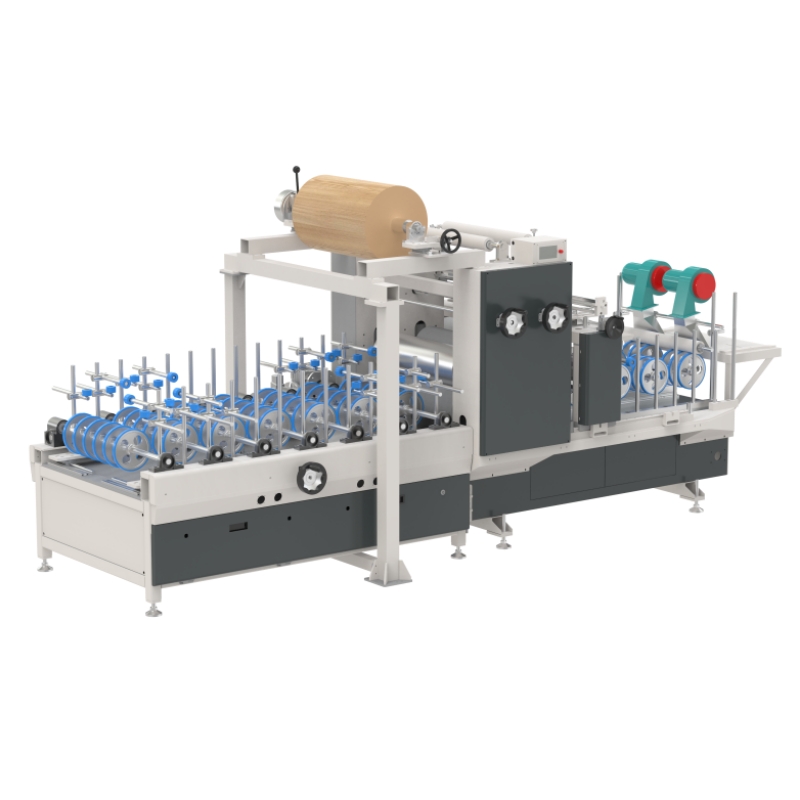Flat-laminating technology has become a cornerstone of modern surface decoration for panels, offering both aesthetic versatility and functional durability. The choice of surface material significantly impacts the performance, sustainability, and visual appeal of finished products. This article provides a comprehensive analysis of mainstream materials, including PET, PVC, PP, acrylic, HPL, CPL, and explores cutting-edge innovations in the field.
What are the commonly used surface materials for flat-laminating of panels?
In the surface decoration process of panels, flat-laminating technology is widely used in furniture, architectural decoration and industrial design fields due to its high efficiency and beautiful appearance. The choice of surface materials directly affects the texture, durability and environmental protection of the finished product. This article will systematically analyze mainstream surface materials such as PET, PVC, PP, acrylic sheets, HPL (high pressure laminate), CPL (continuous laminate), and provide material selection suggestions.
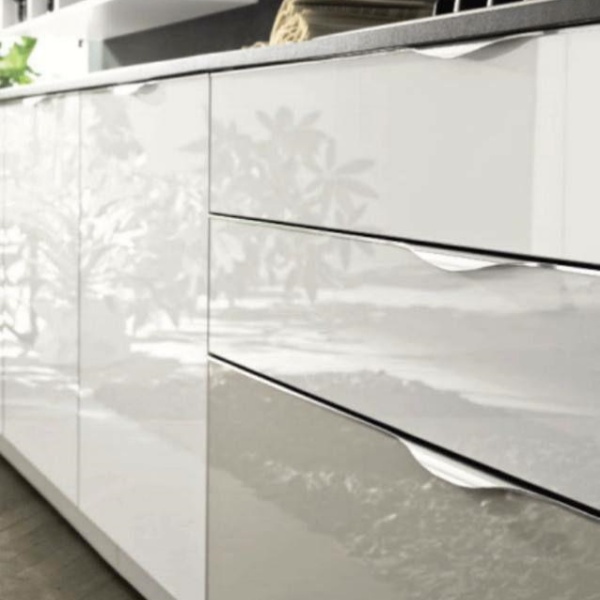
1. Comparison of mainstream surface materials
PET (polyethylene terephthalate)
Features: high transparency, food-grade safety, scratch resistance, acid and alkali resistance.
Surface effect: can be matte/gloss/skin-feel treated, with strong color stability.
Applicable scenarios: cabinet door panels, children's furniture, food contact utensils.
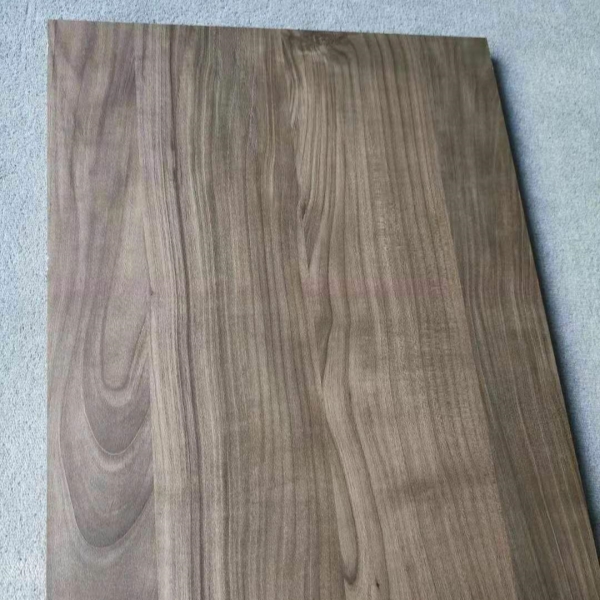
2. PVC (polyvinyl chloride)
Features: good flexibility, waterproof and moisture-proof, low cost.
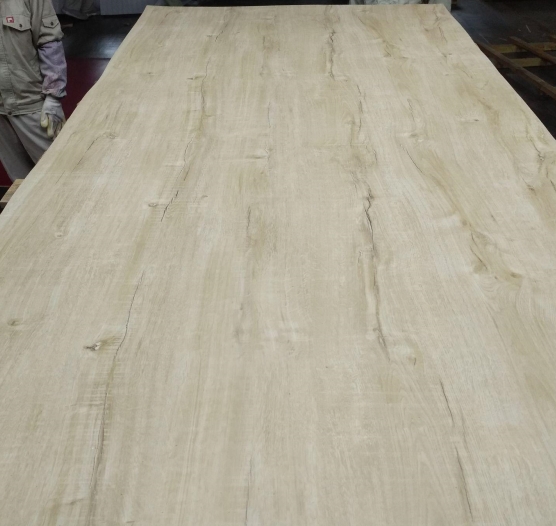
3. PP (polypropylene)
Core advantages: non-toxic and odorless, chemically resistant, 100% recyclable.
Technical difficulties: weak adhesion, requiring special adhesives.
Emerging applications: medical furniture, laboratory countertop coating.
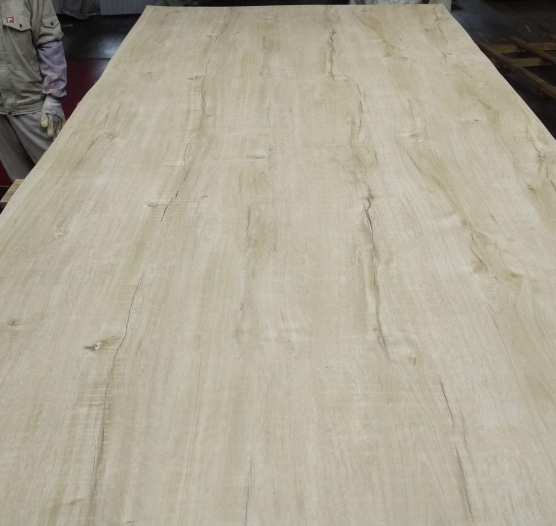
4. Acrylic (PMMA)
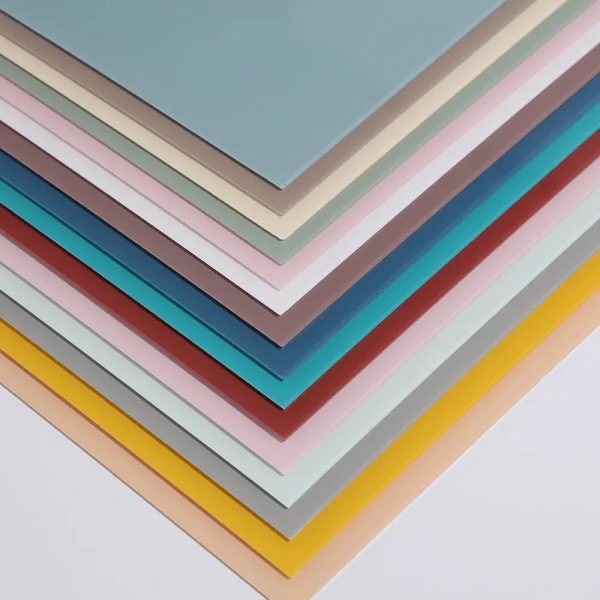
Outstanding performance: light transmittance of 92%, strong outdoor weather resistance, high hardness.
Processing characteristics: can be hot-bent and suitable for special-shaped structures.
High-end applications: luxury display cabinets, translucent ceilings.
5. HPL (high-pressure laminate)
Structural characteristics: multi-layer impregnated paper is formed by 1200 tons of high pressure, with a thickness of 0.5-1.5mm.
Fire rating: up to A2 level (EN13501 standard).
Typical uses: airport counters, laboratory countertops.
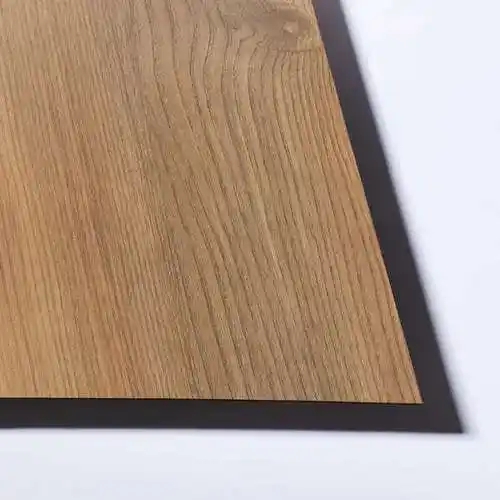
6. CPL (Continuous Laminated Panel)
Innovative features: Ultra-thin and flexible (0.1-0.3mm), can wrap around special-shaped corners.
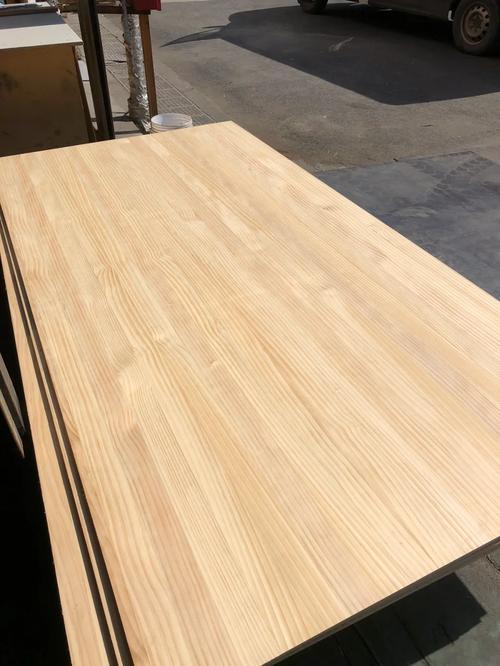
Production efficiency: Continuous rolling process is suitble for mass production.
Market positioning:Customized furniture curved door panels,automotive interiors.
Conclusion
The evolution of flat-laminating materials reflects a convergence of aesthetics,
functionality, and sustainability. While traditional options like HPL and PVC remain staples,
innovations in bio-polymers and smart surfaces are redefining industry standards.
Designers must balance cost, performance, and environmental impact to select the optimal
material for each application.
